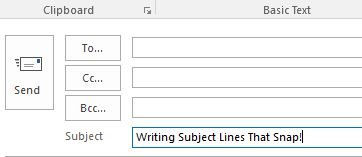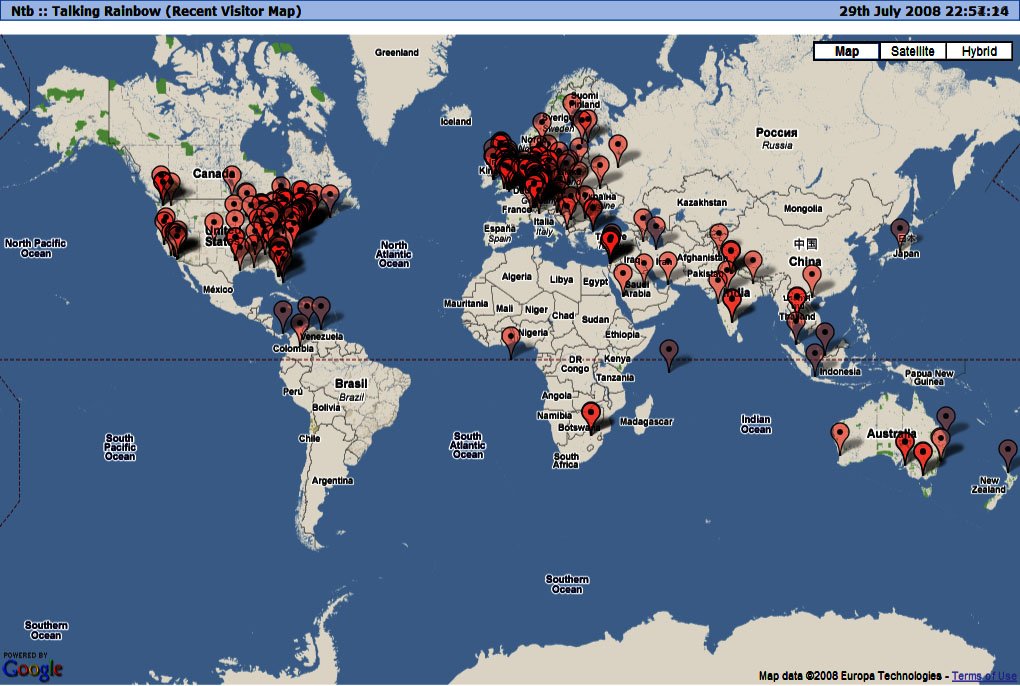What’s the most important part of an email message? Hint: It’s not the body copy.
In fact, it’s the subject line. Subject lines are important because of one simple reason: If they don’t compel your reader to actually click and open then email, then your email marketing campaign has failed.
Nowadays it seems like everyone’s inboxes are bursting at the seams – I get emails from my salon, my friends, my boss, any online store I’ve ever bought from, my university’s alumni association, etc., etc., etc.
So your email marketing campaign has some stiff competition: You’re competing against all of your target audience’s other emails for attention. The email marketing moguls, Constant Contact, say that you have exactly three seconds to grab someone’s attention: one second as they read the “From” line, and two seconds spent reading the “Subject” line.
That’s not a lot of time to catch someone’s eye. So first, let’s examine some of the finer points of what makes a good subject line. An attention-grabbing subject line:
• Is concise (the experts say to keep it around 30 to 40 characters, or 5-8 words)
• Creates a sense of urgency, a reason why people should open it right now: trigger words like “Today” or “Limited” can create that urgency
• Uses numbers to grab attention, like “Top 5 Ways to Save Money on Bank Fees”
• Are personal, using words like “our,” “your,” and “we”
• Is motivating and energetic: consider the difference between saying “OK Books Newsletter” and “$5 Off Any Purchase – Donate to our March Book Drive”
Now, there are a few telltale signs of very bad subject lines: These subject lines never even make it into an inbox because they’re picked up by the spam filter. Some of the most common spam filter triggers to be avoided in subject lines at all times are:
• Words like “Sale,” “Free,” and “Advertisement”
• stra!nge@ punctuation or ALL CAPS
”
It’s not always easy to be interesting and cool and catchy and informative in such a short amount of space – especially when you know your reader only has 3 seconds to read the subject line. That’s why Constant Contact says to make the first 2 words of your subject line the most important. All of your creative effort should be focused mainly on those two words – and then it should draw your reader through the rest of the subject line.
For instance, say the first two words of your subject line are “Cooking Tips.” That’s not especially engaging, and I didn’t even bother to read the rest of your subject line. But imagine if the first words are “Tonight: Easy” – that’s already more interesting, so I might go along with the rest of the subject line – “Tonight: Easy Meals For Two Under $10.”
I might caution against expecting to get every email subject line correct every time. Throughout your email marketing campaign, you should take note of your subject lines and compare them with the open rates. It’s a tough job, but someone’s gotta do it.




